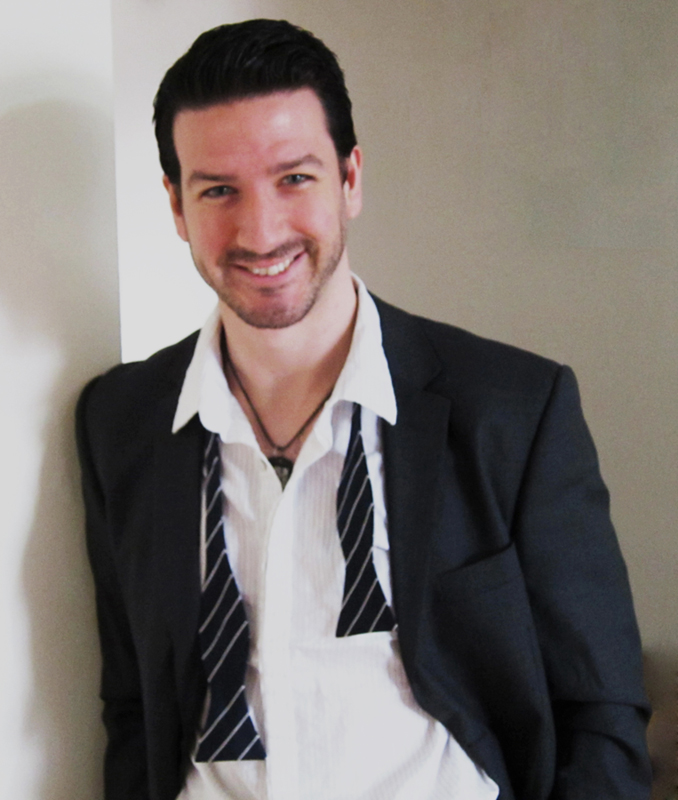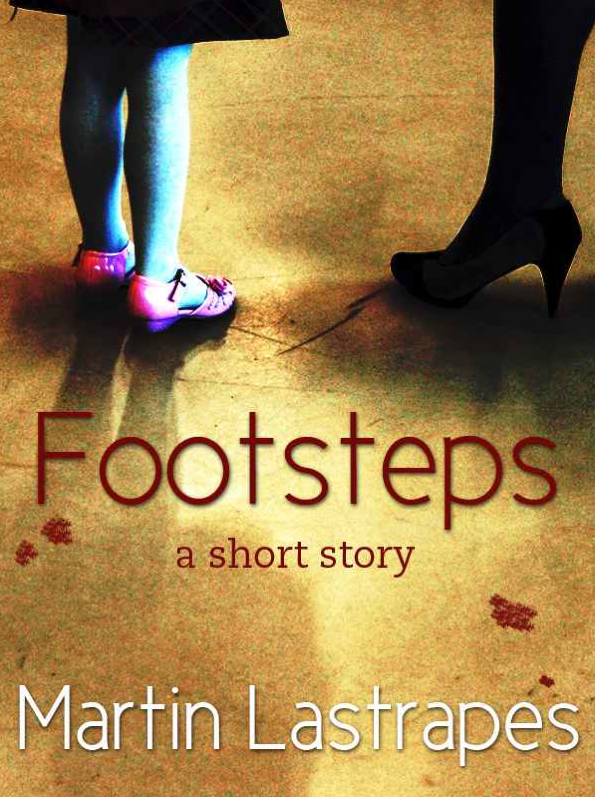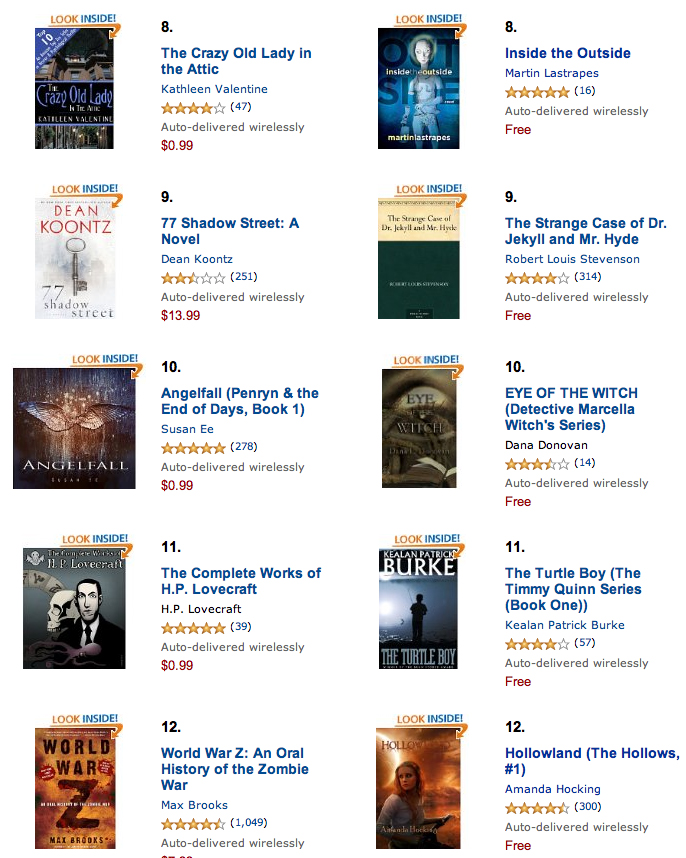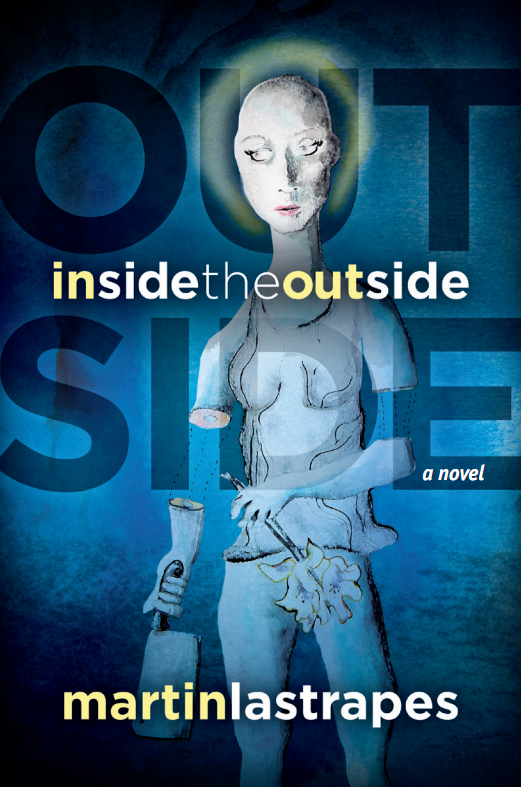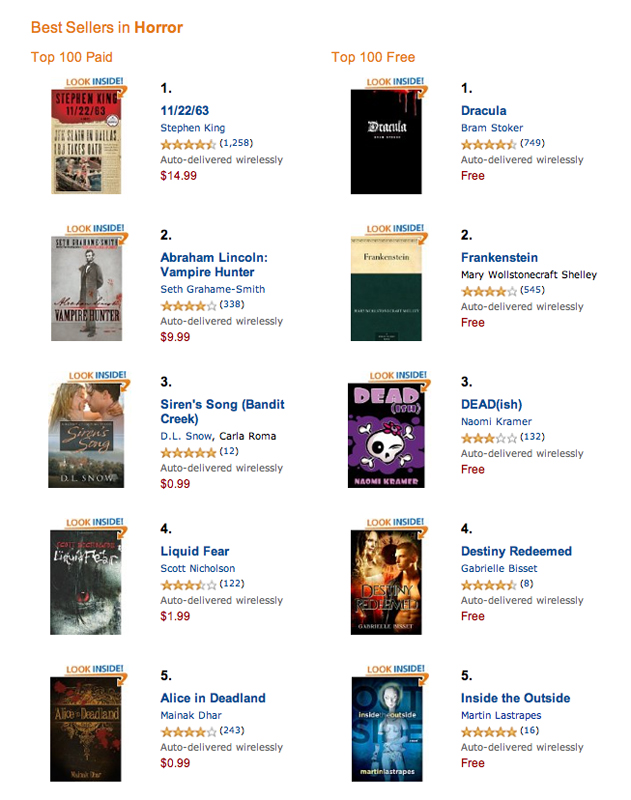If you’re somebody who has read my novel, Inside the Outside—or perhaps you’ve read some of my short stories published by Exciting Press—then you can consider yourself a supporter of independent publishing. Go ahead and pat yourself on the back. I'll wait.
I'm an independent publisher myself, as are several of my writer friends. We're considered independent in contrast to the field of traditional publishing. If you’re not a writer yourself, then you likely don’t know what traditional publishing is. To understand traditional publishing, you first need to know about the Big Five, which is an unofficial term for the five biggest publishing houses in America—and possibly the world, though I have no idea how to confirm that (just chalk it up to hyperbole and move on). In no particular order, they are:
- Simon and Schuster
- HarperCollins
- Macmillan Publishers
- Hachette Book Group
- Penguin Random House
For the longest time they were actually known as the Big Six, until June of 2013, when Penguin and Random House officially merged. So, now it’s the Big Five. Each of the Big Five has a series of subsidiary imprints, so, in essence, one publishing house operates as multiple publishing houses, depending on what type of book they're putting out. Whether it’s horror or fantasy or memoir or self-help or whatever, the Big Five likely has an imprint that specializes in publishing those different books. Either way, if you recently bought a book at Barnes & Noble or some other bookstore, chances are it came from one of the Big Five. That’s not a rule or anything, just simple probability.
There are two defining similarities amongst the Big Five. The first is they’re all based in New York, which is the hub, the mothership, the center of the publishing universe. The other similarity amongst the Big Five is they are extraordinarily hard to get into if you’re a writer looking to get your book published.
Back in the Spring of 2001 when I graduated from Chaffey College and was cultivating dreams of becoming a published novelist, I had no idea what traditional publishing was or what it took to break into the publishing industry. After graduating from Chaffey College, I transferred to California State University, San Bernardino. I was thrilled to learn when I got there that not only could I major in English, but they also had a creative writing tract. As far as my dreams of becoming a novelist, I was particularly hopeful that my time spent at Cal State San Bernardino would help illuminate that path for me. And, of for the most part, it did. It was there that I first came to understand the process of traditional publishing.
I mainly learned about it from James Brown, my friend and former college professor. The first story I wrote in Brown's class was a short called “Texas Plates.” I wrote three drafts of “Texas Plates” under Brown's tutelage and after the third draft, he said that it was almost ready to be published. This was exciting news to me and I remember telling my mom about it. She was excited, too. When she asked me when it was going to be published, I had to clarify that it wasn’t actually being published—Brown had simply said it was almost ready to be published, which could’ve meant it was another 20 drafts away from being ready. I took several more classes with Brown and along the way I began to learn about the publishing process.
First you need to get a literary agent, which is the person who represents you in your pursuit of a publishing deal, essentially acting as both an advocate and a liaison. Most publishing houses, especially the Big Five, simply don’t have the time or the will to deal with unrepresented authors, searching for diamonds in the rough, so they rely on literary agents. The idea is that the agent has sifted through the rough and found the publishable diamonds.
In order to get the attention of a literary agent, you must first write a query letter, which is a one page letter that introduces yourself and, more importantly, your book. You should tell the agent what your book is about, what genre it fits into, and who the audience for it is. If you’ve won any awards or have previous publications, tell them that, too. I’ve been to a few writer’s conferences and sat through several workshops and have had the opportunity to meet a few of literary agents in person. They all have the same story to tell, which is they're bombarded on a daily bases by authors seeking representation.
One literary agent said she receives about 1,000 query letters a month—and I’m guessing that’s a pretty modest number these days, since many agents now accept email queries. Most of the agents I found were on a database called AgentQuery. I’d guess that most agents are receiving 10,000 to 20,000 queries every year—and, again, this might be a modest number. Of those queries, a literary agent might select two or three new authors to represent. If it’s a new literary agent looking to fill their stable, then they might select more. But, if it’s an established literary agent with a full roster, they may only pick up one new writer—if that many.





